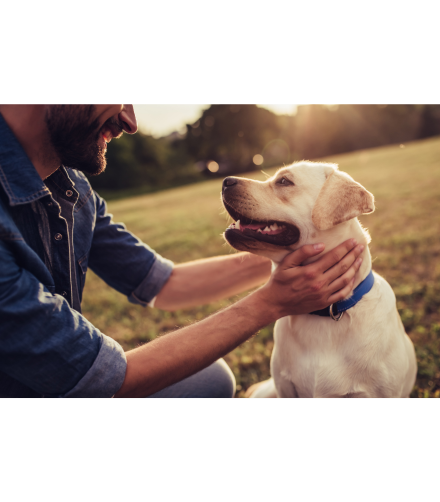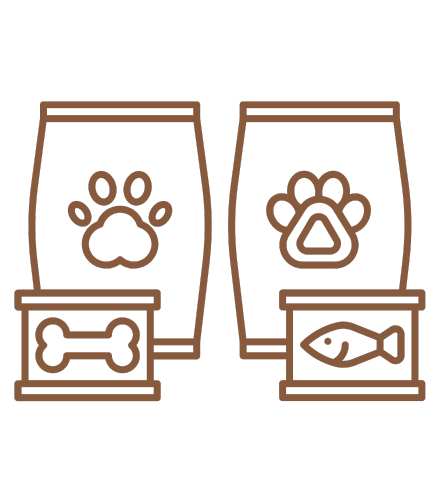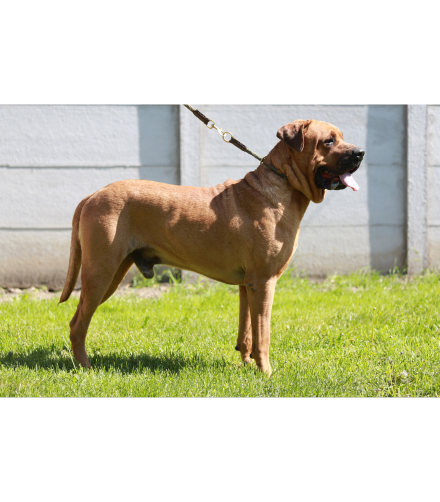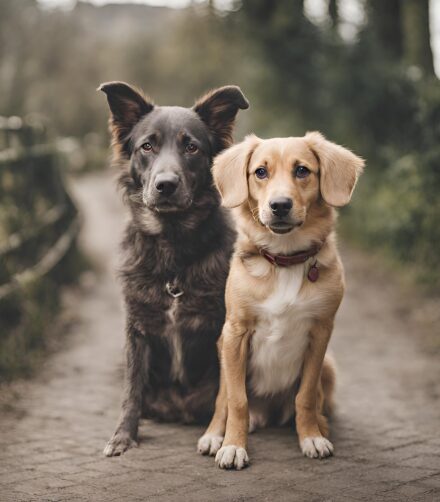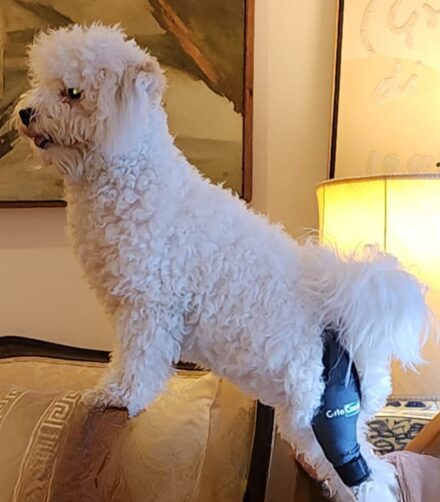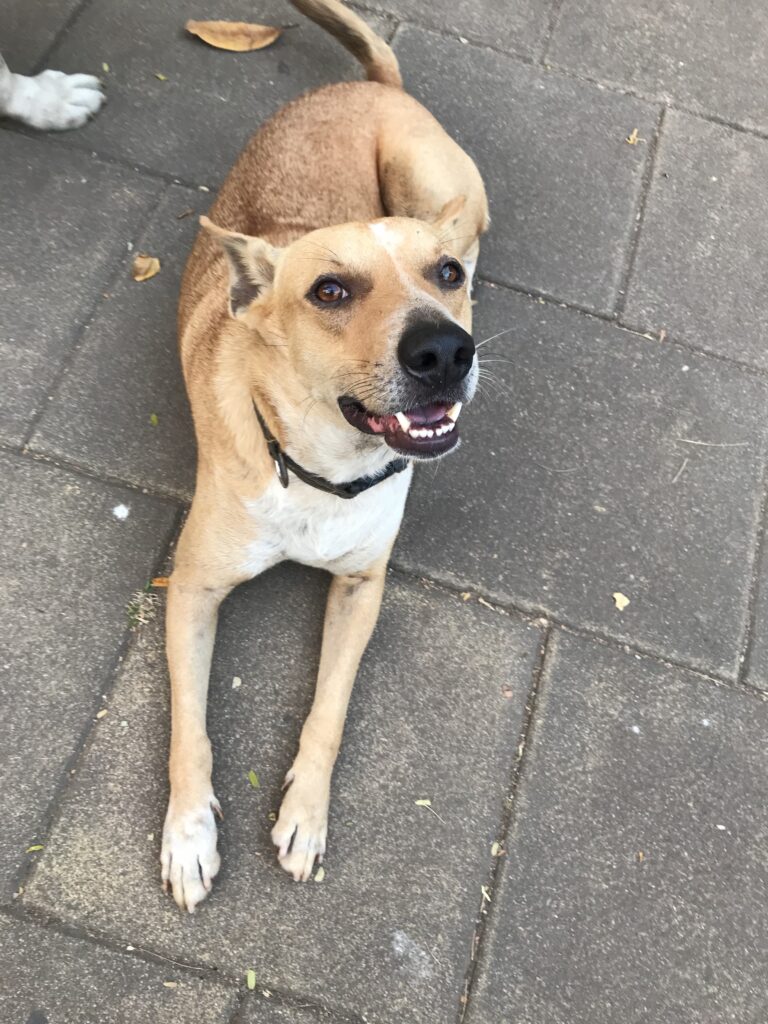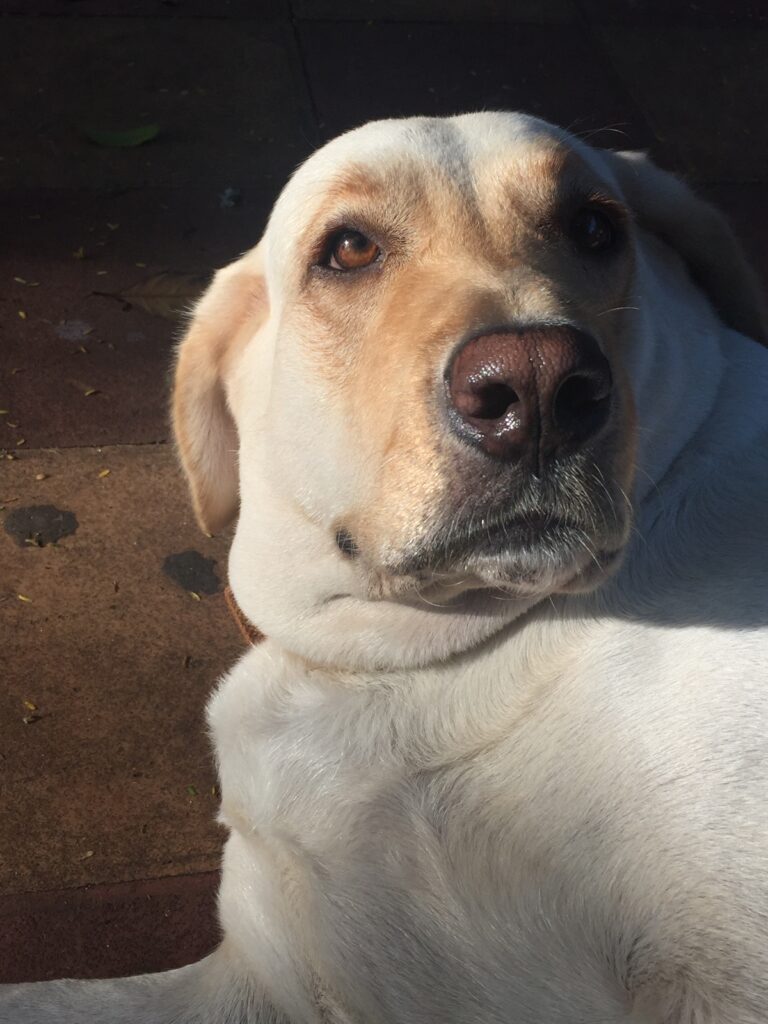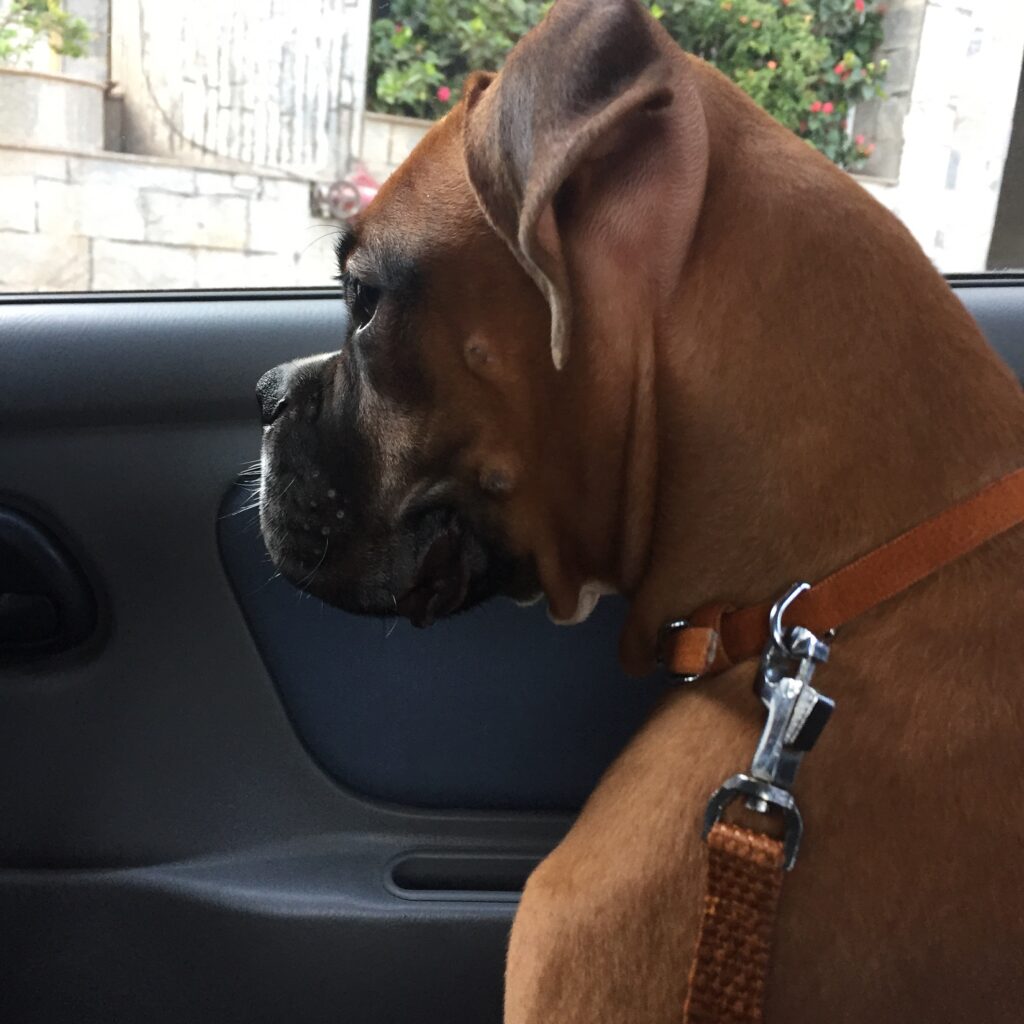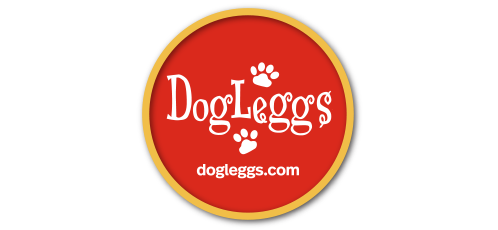Greyhounds are considered the oldest breeds of dogs, having been around for thousands of years. The species has been extensively used in racing competitions and hunting throughout history. They are ideal for such tasks due to their height, length, slimness, and extraordinary athletic ability.
The Greyhound tends to be calm and even lazy indoors but can run as fast as lightning when outside. They look handsome, gentle, loving and often exhibit delightful, goofy personalities. They are also very affectionate toward their adoptive families and their children.
If you plan to own a Greyhound, you must understand its nutritional and healthcare information. So today, that is going to be our main topic of discussion.
Greyhound Exercise Needs
Let’s first talk about the exercise requirements of Greyhounds. Greyhounds are not extremely energetic but are exceptionally athletic–so they have extensive exercise requirements. Greyhound muscles are not abundant, but those present are very well-formed. Walking (or jogging and bicycling), fetch, and canine sports are good exercises for their muscles.
The time period of exercise for Greyhound varies according to their age. The adult, on average, requires 60–90 minutes of exercise daily. As for the puppy, you can start exercising them when they are 3 months old by taking them for short walks, and as they grow, you can increase the walk duration.
Exercise precautions for greyhounds:
- Before the age of 12 months, puppies should not be overexercised
- When exercising outdoors, a leash is a must due to the dog’s high prey drive
- To prevent the dog from escaping, a fence is needed around the yard
- It easily becomes cold; do not exercise in cold weather
- Easily bloated; exercise and feeding should be separated by an hour
Daily exercise is essential for your Greyhound. The lack of regular exercise will make your dogs anxious, disobedient, and destructive. Regular exercise will greatly benefit both you and your dog. Here are a few exercise ideas you can consider:
- Exercises such as walking, running, or cycling: It is recommended to take two 30-minute walks (or 20-minute runs or bike rides) every day.
- Fetch and catch: Greyhounds love to play fetch and catch with a ball, stick, or Frisbee. So consider doing it when you go for a walk in the park.
- Indoor Exercises: Keeping your Greyhound entertained indoors with a ball or toy will help them burn off excess energy.
Besides regular exercise, giving the dog regular playtime in the afternoon, morning and evening walks, or jogs is also beneficial.
Swimming is also a good exercise for Greyhounds. It is low-impact and helps to build strength and endurance. If you have a swimming pool in your house or live near a lake, consider taking your Greyhound for a swim. Please ensure they are always supervised so they don’t drown.
Regular Health Checkups
Visiting a veterinarian regularly is crucial for preventing health problems from developing in your pet. Greyhounds have a lifespan of 10 to 13 years, and although they are a very healthy breed, they may develop health problems as they age.
Understanding the anatomy of your dog is important to identify health problems. Here are some health issues that Greyhounds are susceptible to:
- Greyhounds are prone to hip dysplasia which can cause arthritis. Also, gastric dilatation volvulus, can result in stomach torsion. Since they have a rapid growth rate, these two problems can arise at an early age.
- A Greyhound can also develop osteosarcoma, an aggressive form of bone cancer.
- They can also have heart problems as they have larger hearts than most dogs.
- An aged Greyhound who may have been a racer recently can also have joint or bone problems.
- Bloating is a serious condition that greyhounds are particularly susceptible to. Bloating happens when the stomach fills with gas after eating, causing it to expand and twist. This can result in the blockage of the intestines, which may result in death if left untreated.
To reduce the risk of bloat, always feed your greyhound small, frequent meals throughout the day rather than one large meal. You should also avoid exercising your greyhound immediately before or after meals, as discussed in the exercise part above.
Greyhounds should always be purchased from a responsible dog breeder, reducing their chances of inheriting health problems.
Grooming Maintenance
Greyhounds require moderate to frequent maintenance. They shed consistently throughout the year and are prone to drooling occasionally.
A Greyhound has a short, smooth coat that sheds moderately throughout the year. The owner can brush them several times weekly to minimize excessive shedding.
With a short coat that contains very little oil, Greyhounds are often described as ‘odorless’ breeds. The breeds with lighter coats may require frequent brushing because dirt appears more easily.
Grooming Greyhounds also includes basic dental hygiene, like brushing their teeth once or twice weekly to reduce tartar buildup.
Regularly trimming nails is also essential. When their nails are too long, Greyhounds may have difficulty walking and can often slide on wooden floors.
Greyhound Diet
For your Greyhound to remain healthy in the long run, you must provide him with animal proteins and carbohydrates, minerals and vitamins, and omega fatty acids. Therefore, premium dry kibbles are the best Greyhound dog food because they contain balanced amounts of all ingredients that can fulfill their nutritional requirements.
On average, how much food does a Greyhound eat? An adult will require about 3 1⁄2 servings of dry food in two meals daily. The food portion is smaller for puppies under six months old: 2 1⁄4 cups per day divided into three meals (not two), based on the pup’s age.
Conclusion
Greyhounds are a wonderful dog breed but require extensive care and attention to stay healthy and happy. By following the health and fitness tips we have discussed, you can ensure that your greyhound lives a long and fulfilling life.
Remember to take your greyhound for regular checkups with a veterinarian and provide plenty of exercises and the right amount of food. Your greyhound will be a loyal and beloved companion for years with proper care.


